Exploring unique dishes from around the world offers a glimpse into the rich tapestry of global culinary traditions. These dishes, found only in their place of origin, provide a taste of local culture and history. From the pungent aromas of fermented shark in Iceland to the hearty flavors of Brazilian feijoada, each dish tells its own story. Discovering these unique culinary experiences can transform a simple meal into an unforgettable adventure. Here are 19 unique dishes you can only find in one place, each with its own distinctive flavor and cultural significance.
Cuy – Peru
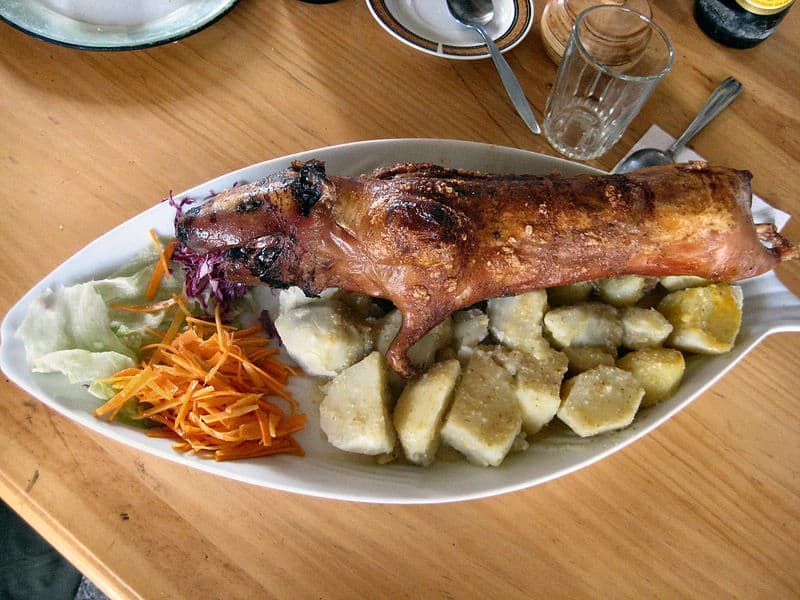
Cuy, or roasted guinea pig, is a traditional Peruvian dish that dates back to pre-Columbian times. This delicacy is typically served whole, often with a crispy skin and tender meat. It’s seasoned with local herbs and spices, providing a unique flavor profile. Rich in protein and low in fat, cuy is a staple in Andean communities. The experience of eating cuy is both a cultural and culinary adventure.
Balut – Philippines
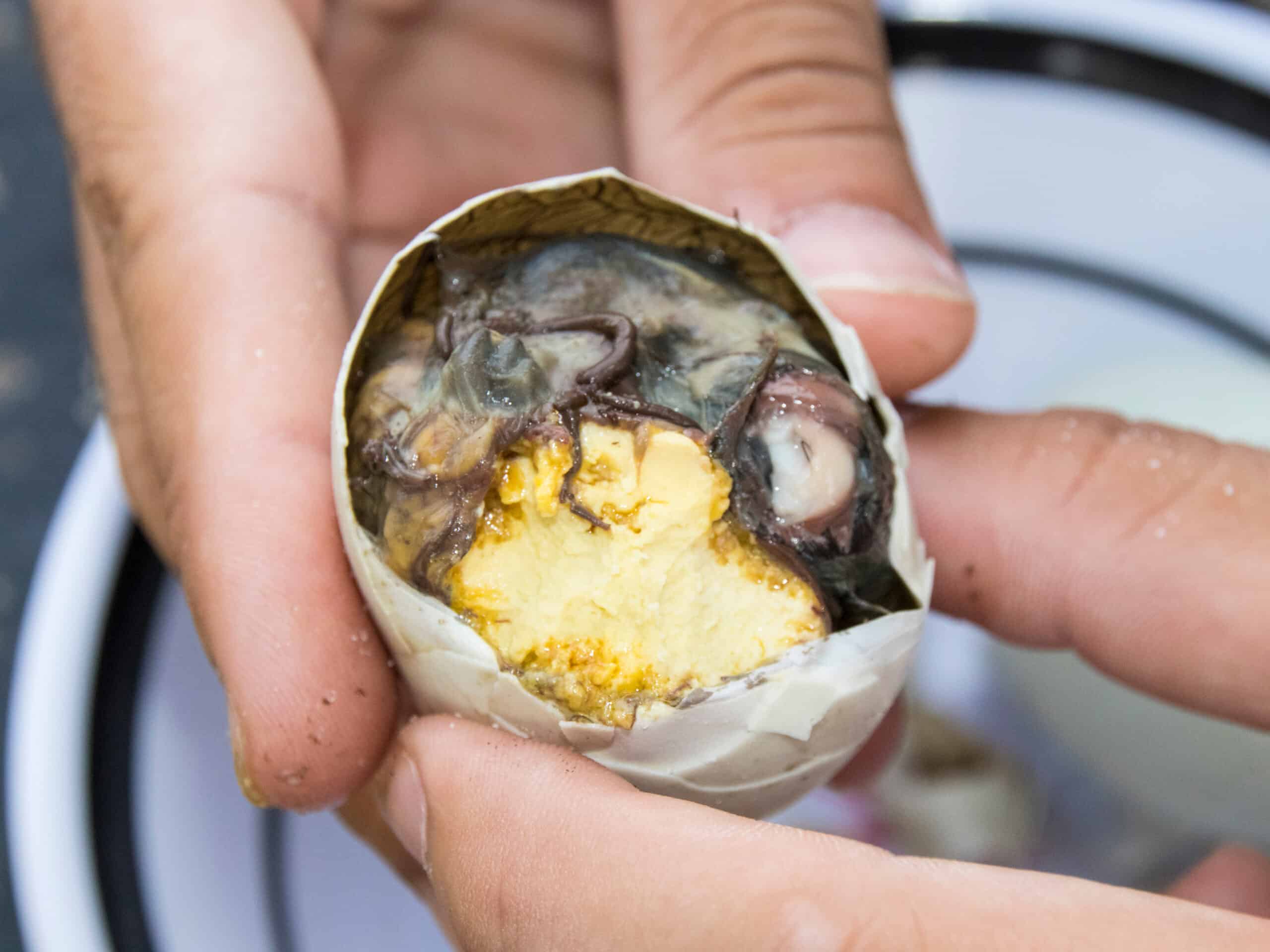
Balut is a fertilized duck egg with a nearly developed embryo inside, commonly found in the Philippines. It’s often boiled and eaten straight from the shell, seasoned with salt and sometimes vinegar. The taste combines the richness of egg yolk with the tender texture of the duckling. This street food is believed to be an aphrodisiac and is enjoyed by many locals. For adventurous eaters, balut offers a distinct and memorable flavor.
Hákarl – Iceland
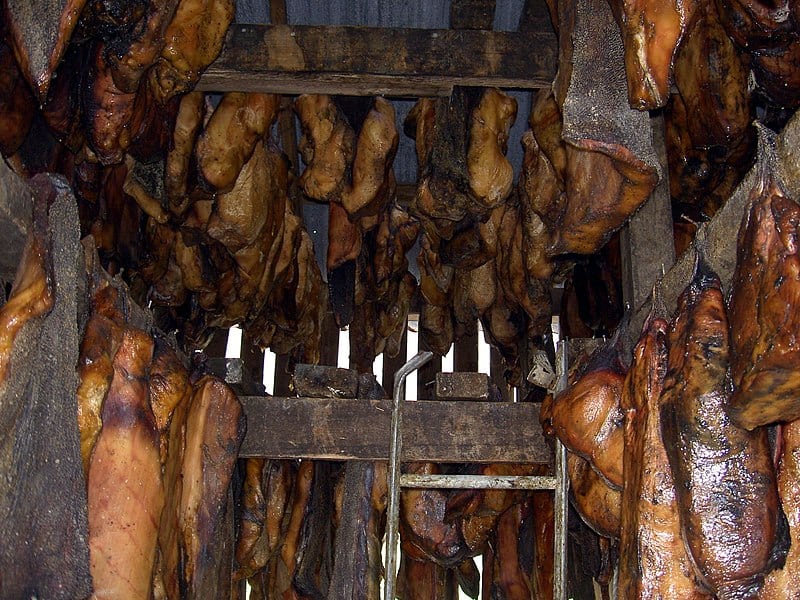
Hákarl is fermented shark meat, a traditional Icelandic dish with a history rooted in Viking survival practices. The shark is buried and allowed to ferment for several months, then hung to dry before consumption. It has a strong ammonia smell and a taste that is often described as an acquired one. Icelanders typically eat hákarl during the midwinter festival of Þorrablót. This dish is a testament to Iceland’s unique culinary heritage.
Casu Marzu – Italy
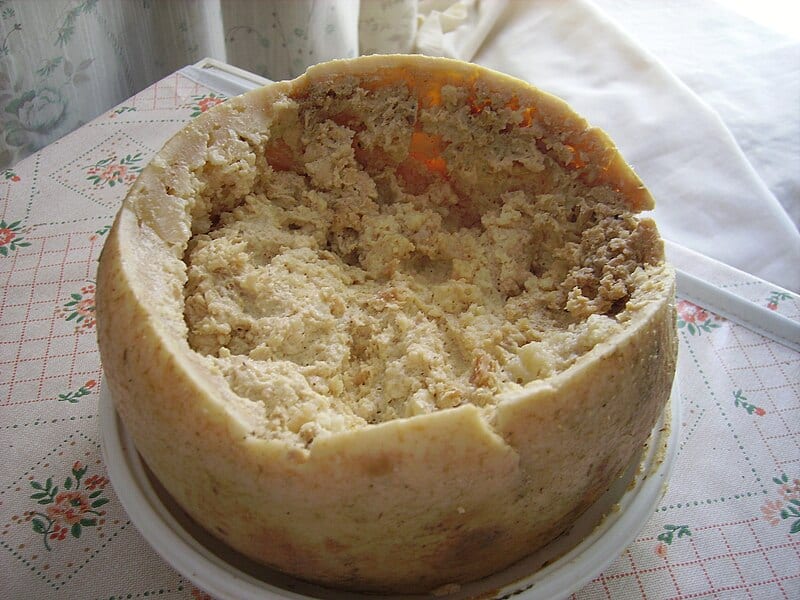
Casu Marzu, also known as “maggot cheese,” hails from Sardinia, Italy. This sheep’s milk cheese is notable for containing live insect larvae, which facilitate fermentation and create a soft, creamy texture. The larvae are intentionally introduced to promote fermentation, making the cheese exceptionally soft. With a potent flavor and aroma, casu marzu is a delicacy for those who enjoy strong cheeses. Eating this cheese is an adventurous culinary experience.
Fugu – Japan

Fugu, or pufferfish, is a Japanese delicacy that requires careful preparation due to its potentially lethal toxins. Only licensed chefs are permitted to prepare and serve fugu to ensure safety. The fish can be served in various ways, including sashimi, where its delicate flavor and texture are best appreciated. Dining on fugu is both a culinary delight and a test of trust in the chef’s skills. This dish is a symbol of Japan’s intricate and meticulous culinary traditions.
Escamoles – Mexico
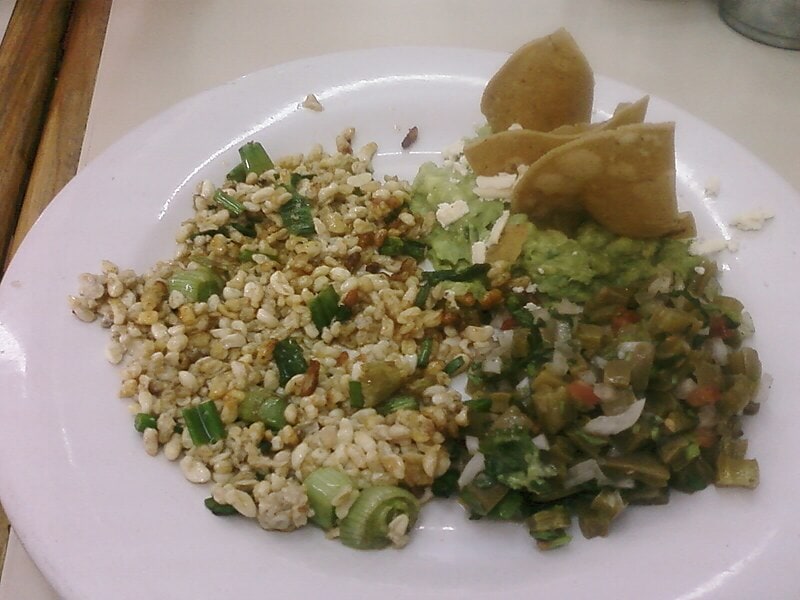
Escamoles, also known as “insect caviar,” are the edible larvae of ants, found in Mexico. This delicacy has been consumed since the time of the Aztecs, prized for its nutty, buttery flavor. Escamoles are often sautéed with butter and spices, then served in tacos or omelets. The texture is slightly crunchy, making it a unique culinary experience. This dish highlights the innovative use of local ingredients in Mexican cuisine.
Surströmming – Sweden
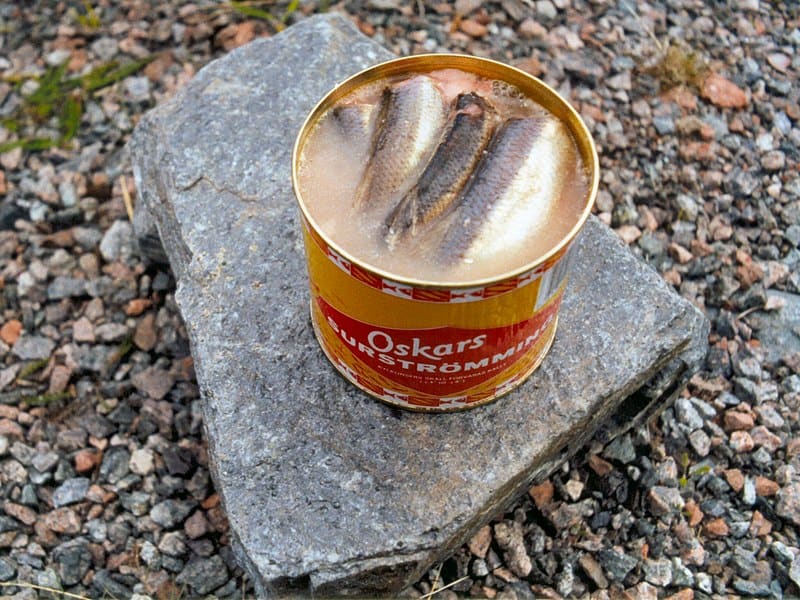
Surströmming is fermented Baltic herring, a traditional Swedish dish known for its intense smell. The fish is fermented in barrels for several months before being canned, where the fermentation process continues. It’s typically eaten with flatbread, potatoes, and onions to balance the strong flavor. Despite its pungent odor, the taste is surprisingly mild and tangy. Surströmming is a cultural staple in Sweden, especially in coastal regions.
Akutaq – Alaska, USA

Akutaq, often called “Eskimo ice cream,” is a traditional dish of Alaska’s indigenous peoples. It’s made by whipping together animal fat (such as from caribou or seal), berries, and sometimes fish. The result is a creamy, sweet, and savory treat that provides essential calories and nutrients. Akutaq is often enjoyed during celebrations and community gatherings. This dish reflects the resourcefulness and culinary traditions of Alaska’s native cultures.
Huitlacoche – Mexico
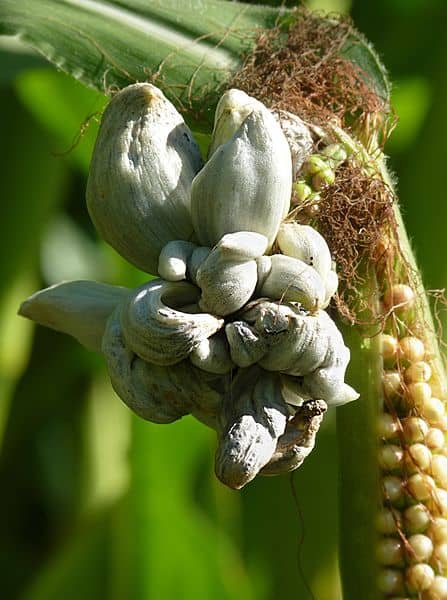
Huitlacoche, sometimes referred to as “corn smut” or “Mexican truffle,” is a fungus that grows on corn. This ingredient is considered a delicacy in Mexican cuisine, prized for its earthy, smoky flavor. Huitlacoche can be used in a variety of dishes, including quesadillas, soups, and tamales. Its unique taste and versatility make it a favorite among chefs and food enthusiasts. The transformation of a plant disease into a gourmet ingredient showcases the creativity of Mexican culinary traditions.
Luwak Coffee – Indonesia
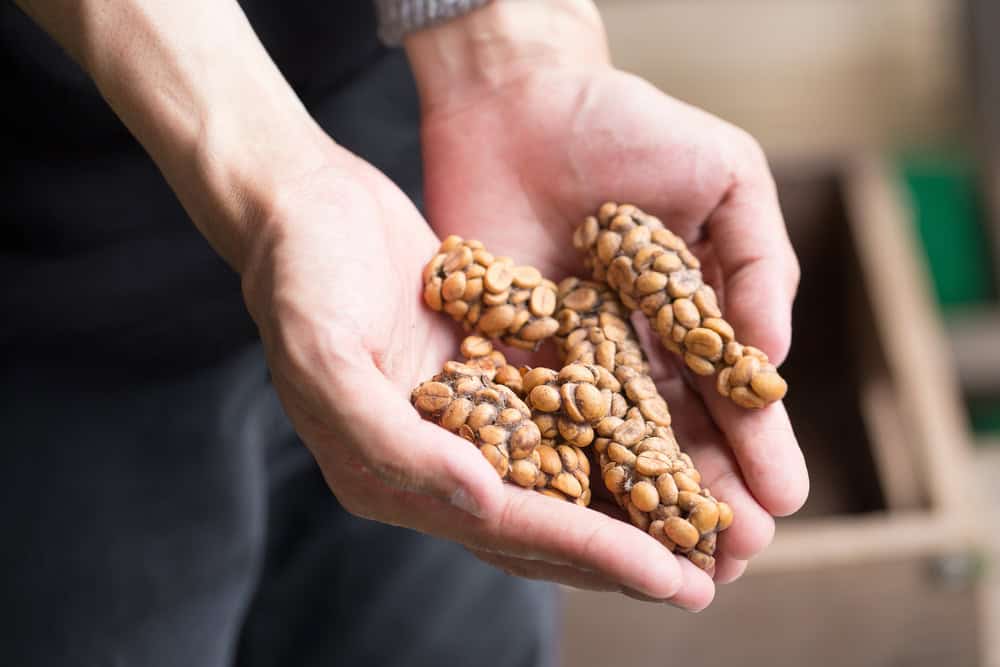
Luwak coffee, or civet coffee, is made using beans that have been eaten and excreted by the Asian palm civet. The beans undergo fermentation in the civet’s digestive system, resulting in a smoother, less acidic coffee. This process is believed to enhance the flavor and aroma of the beans. Luwak coffee is one of the most expensive coffees in the world, enjoyed by coffee aficionados. Its unique production method makes it a truly exotic beverage.
Spam Musubi – Hawaii, USA
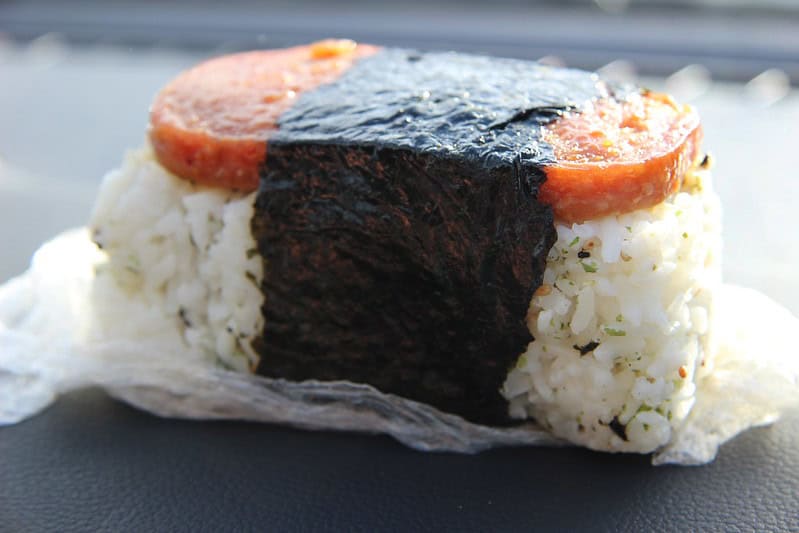
Spam musubi is a popular snack in Hawaii that combines a slice of grilled Spam with rice, wrapped in nori seaweed. This dish reflects the influence of Japanese cuisine in Hawaiian culture and the adaptability of local ingredients. Spam musubi is often seasoned with soy sauce and sometimes includes additional ingredients like eggs or teriyaki sauce. It’s a convenient, tasty treat found in convenience stores and homes across Hawaii. This dish embodies the fusion of flavors and cultures in Hawaiian cuisine.
Muktuk – Arctic Regions
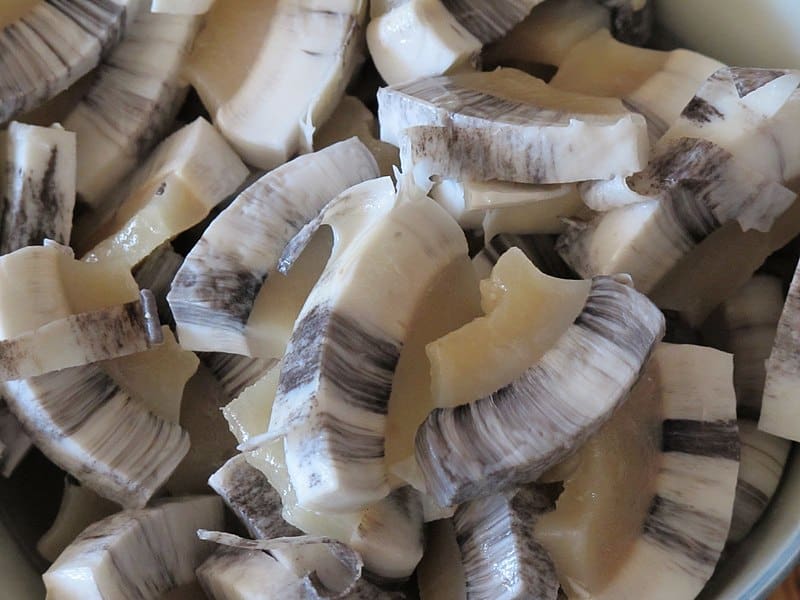
Muktuk is a traditional food of the indigenous peoples of the Arctic, consisting of the skin and blubber of whales. It’s often eaten raw or pickled and provides essential nutrients in the harsh Arctic environment. The texture is chewy, and the taste can be described as a mix of meat and seafood. Muktuk is a significant part of the cultural heritage and survival of Arctic communities. Eating this dish connects one to the traditions and resilience of the Arctic peoples.
Poutine – Canada

Poutine is a beloved Canadian dish originating from Quebec, consisting of fries topped with cheese curds and gravy. The combination of crispy fries, squeaky cheese curds, and rich gravy creates a comforting and indulgent meal. Poutine has many variations, with toppings ranging from pulled pork to foie gras. It’s a popular dish at diners, fast-food restaurants, and gourmet establishments alike. This dish has become an iconic part of Canadian cuisine and culture.
Chorrillana – Chile
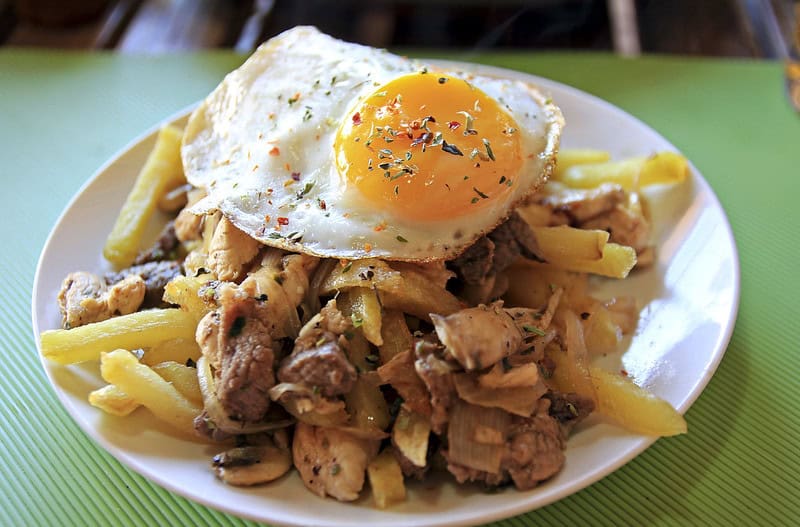
Chorrillana is a hearty dish from Chile, featuring a base of fries topped with sautéed onions, beef, and sometimes eggs. This dish is often shared among friends or family and is a staple in Chilean pubs and diners. The combination of ingredients creates a flavorful and satisfying meal that’s perfect for communal dining. Chorrillana reflects the casual, convivial dining culture of Chile. It’s a must-try for anyone looking to experience Chilean comfort food.
Bunny Chow – South Africa
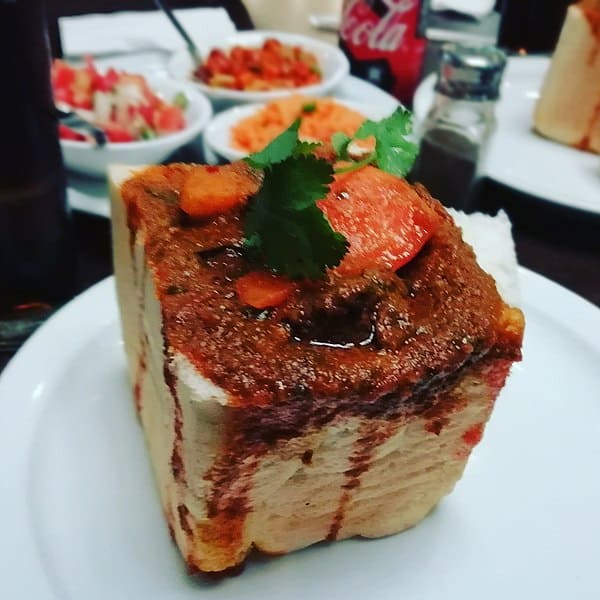
Bunny chow is a popular South African street food originating from the Indian community in Durban. It consists of a hollowed-out loaf of bread filled with curry, typically made with lamb, chicken, or beans. The bread soaks up the flavorful curry, making each bite rich and satisfying. Bunny chow is both a hearty meal and a testament to South Africa’s diverse culinary heritage. This dish highlights the blend of Indian and South African flavors and traditions.
Feijoada – Brazil

Feijoada is a traditional Brazilian stew made with black beans, pork, and beef, often served with rice and orange slices. This hearty dish has its roots in Portuguese cuisine and is a staple in Brazilian households. Feijoada is typically cooked slowly to allow the flavors to meld together, creating a rich and savory meal. It’s often enjoyed during communal gatherings and family celebrations. This dish embodies the warmth and conviviality of Brazilian culture.
Asado – Argentina
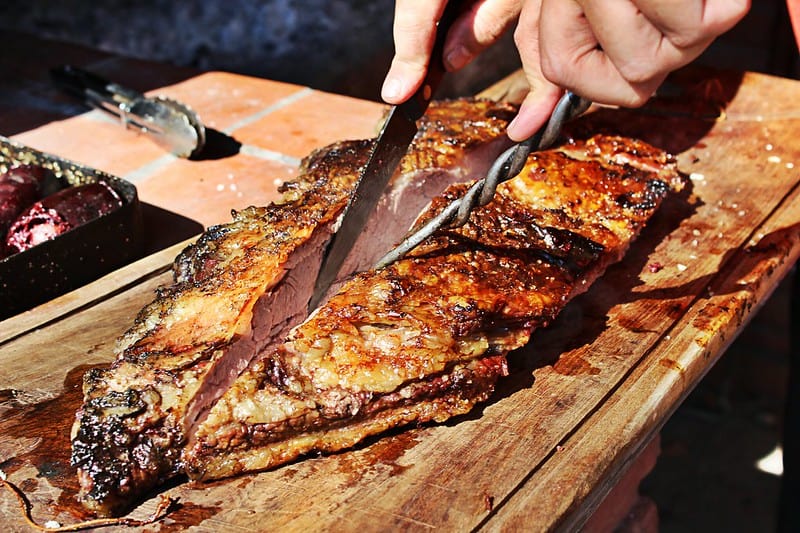
Asado is an Argentine barbecue tradition that involves grilling various cuts of meat, including beef, pork, and sausages, over an open flame. The meat is often seasoned simply with salt to highlight its natural flavors. Asado is not just a meal but a social event, bringing together family and friends for a leisurely and communal dining experience. The slow cooking method ensures the meat is tender and flavorful. This dish is a cornerstone of Argentine cuisine and culture.
Picarones – Peru
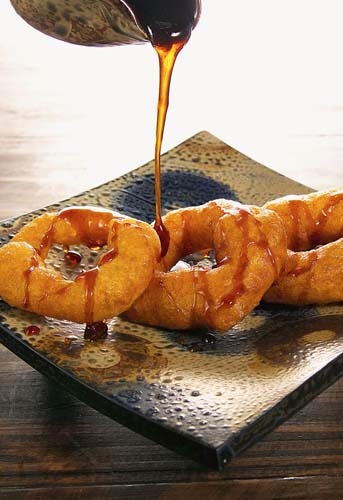
Picarones are Peruvian doughnuts made from a mixture of sweet potatoes and squash, deep-fried and drizzled with syrup. This dessert is a favorite street food and is often enjoyed during festivals and celebrations. The dough is flavored with anise and cinnamon, giving the picarones a distinctive taste. They are crispy on the outside and soft on the inside, providing a delightful contrast in textures. Picarones are a sweet and satisfying end to any meal in Peru.
This article originally appeared on Rarest.org.
More From Rarest.Org
Beans are more than just a staple food; some varieties are luxurious commodities with unique flavors and culinary uses. From exotic coffee beans to premium legumes, these beans stand out for their quality and price. Read more.
Plush toys have always been more than just playthings. They often become cherished collectibles with significant sentimental and monetary value. Read more.
Horses have played a crucial role in human history, shaping civilizations and cultures across the globe. Among the countless breeds, some stand out due to their rarity and unique characteristics. Read more.



